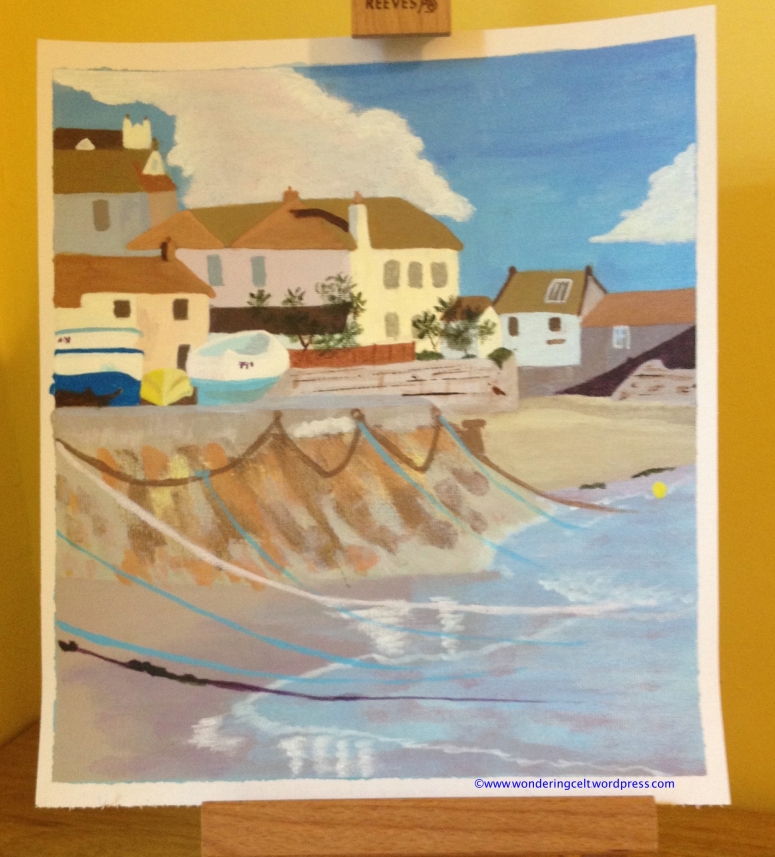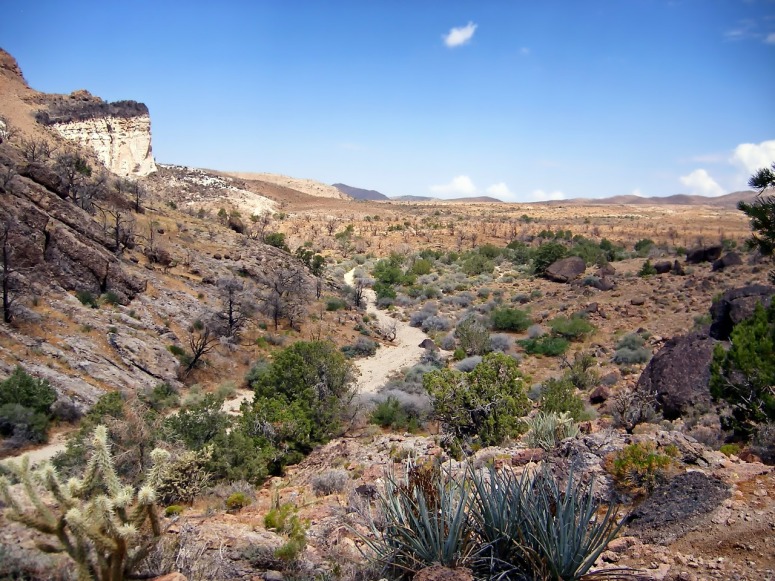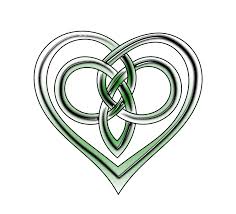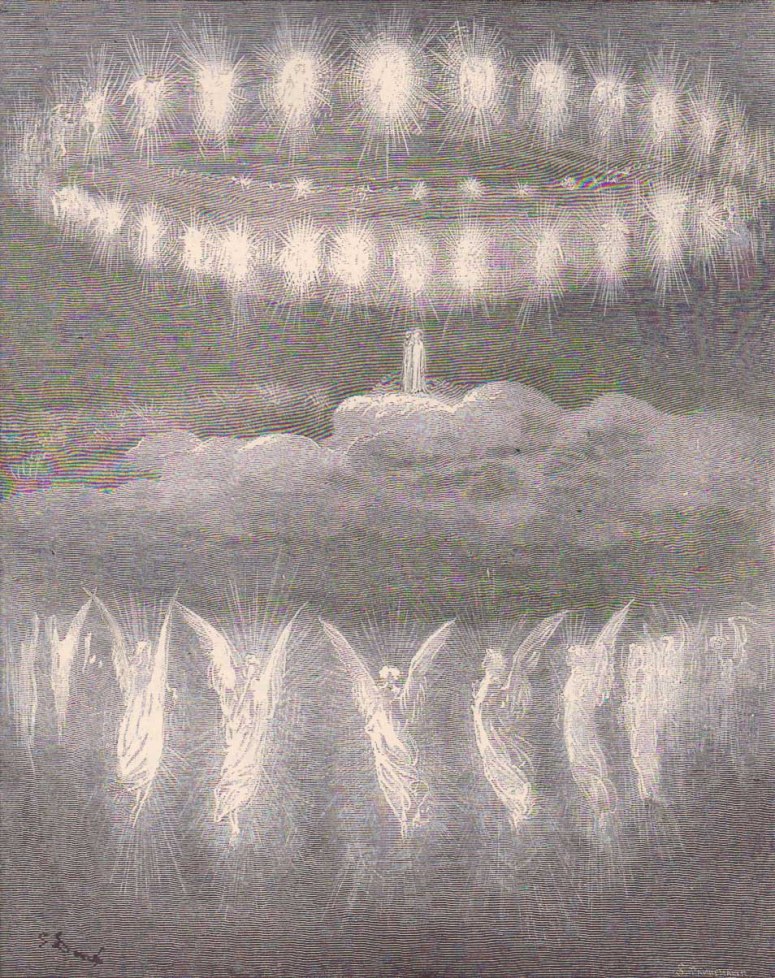
Something a little bit different from me today!
If we submit our creativity and imagination to God, we too can be part of the vast creative energy pouring from our Creator Father God.
So when an old friend from missionary days announced she had written a book about the Father’s love for Eve, had found revelation and understanding via the Holy Spirit and the Word of God, of the depth of that love for Eve and all her daughters (and of course for all mankind) I was immediately fired up to help with her book launch.
Having read the book now I’m so glad I did! I recommend it, Forever Loved: Eve’s Story – A Creative Re-telling, and my dear friend, Joanna May Chee, to you whole heartedly.
“Forever Loved: Eve’s Story is the story of Father and daughter, as told by Eve. It is the story of a love so deep, so passionate, so beautiful, it pursues Eve even in her darkest moment, lavishing forgiveness, life and hope on her. It is the story of the Father’s heart for you, his precious daughter. He whispers to you now and calls you closer.”
Simply but beautifully written we experience Eve’s life from her own perspective. The book opens with a vivid description of her first, formative moments, “Gradually, a glow, like the first touch of sunrise, then a brightening, a flickering orange behind my eyelids. I open my eyes. Waterfalls of soft light”. It then describes and support’s the fact that she did indeed find that time with Father alone before her idyllic and fantastic life with Adam, the wonders of Eden and glories of face to face communion with Father and a richness of existence way beyond our current one. Whilst we know the story and that this cannot last, Joanna has captured the wonder, simplicity and tremendous REST that living from the Fathers love brings…a love we can experience now because of the Cross.
“All I knew of in those early days was love and acceptance. I was not an after thought. As my Father shared his heart with me, I learned of my preciousness. I was a treasure to be sought and found.”
The Fall is indeed awful. But the insight and agony that Joanna portrays from Eve’s heart is truly enlightening, The consequences never stop, and as a mother I felt so deeply for Eve as Cain kills Abel, knowing that fatal bite has caused her own flesh and blood to this.
But far more striking is the enormous grace that the she and Adam receive from Father in spite of the consequences of their actions…and that is the message of the book.

“Adam and I are remembered for the wrong we did, not for the saving love of our amazing Father.”
Alongside Eve’s story Joanna shares something of her own journey, how that led her to write the book and she invites each reader to go deeper with Father God providing lots of biblical background and references to support the story and the truth it contains.
It is released on 27th February 2018 and can be bought via Amazon, The Book Depository and other good outlets.
Read more reviews, find out more, and see all purchasing options here.
I do hope this has encouraged you to check it out further. There are some more links and information below.
Praying God’s abundant and sacred blessings be upon you this day, Wondering Celt X
***********
By clicking here you can listen to Joanna teaching on these themes from her book.
Her video Knowing God:First Steps is available here.
A seasoned blogger, she can also be found here: this particular blog post is on the very first time God spoke to her about Eve, and now its a whole book!
She loves to write, and is often awake in the night with a million ideas for her next book or project. It is her heart to encourage and equip women to love their families and meet with God. Joanna blogs at JoannaMayChee.com and MumsKidsJesus.com, where her blog posts, free resources and courses are a source of encouragement and inspiration to women around the world. Joanna, her husband, and four children have lived and ministered in Malaysia, Bosnia and Turkey, and are now settled near London. Connect with Joanna: Facebook.com/JoannaMayChee | Facebook.com/MumsKidsJesus | Pinterest.co.uk/MumsKidsJesus
 It’s really quite a profound thing when we use the phrase ‘radical Christian’.
It’s really quite a profound thing when we use the phrase ‘radical Christian’.









